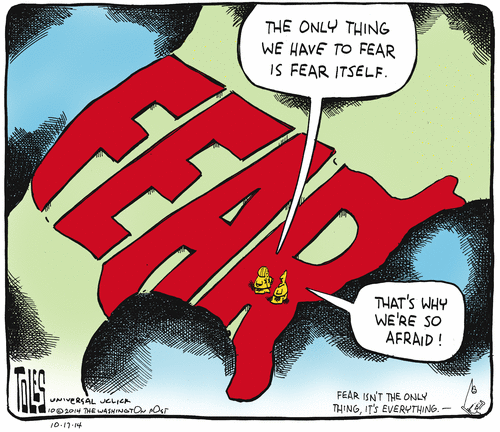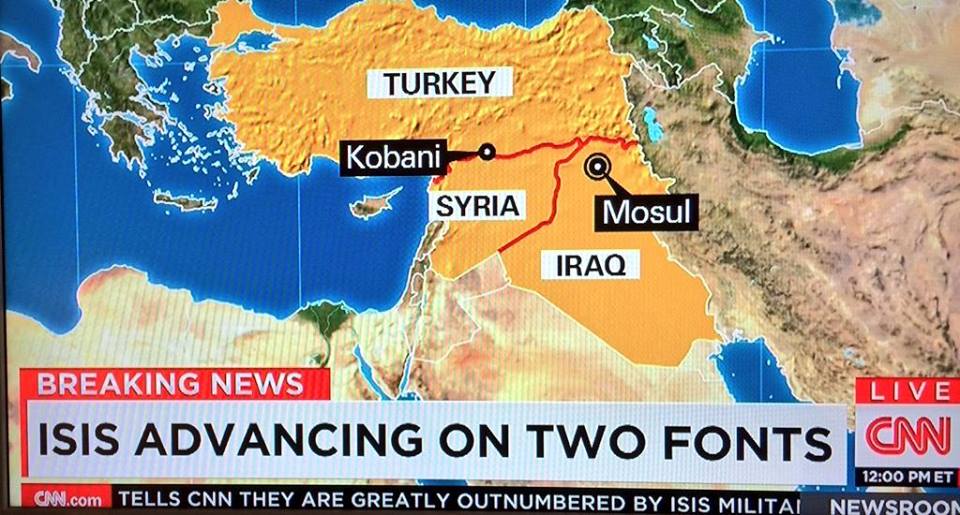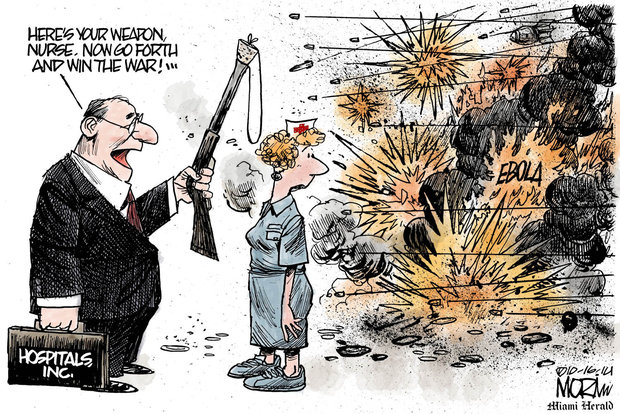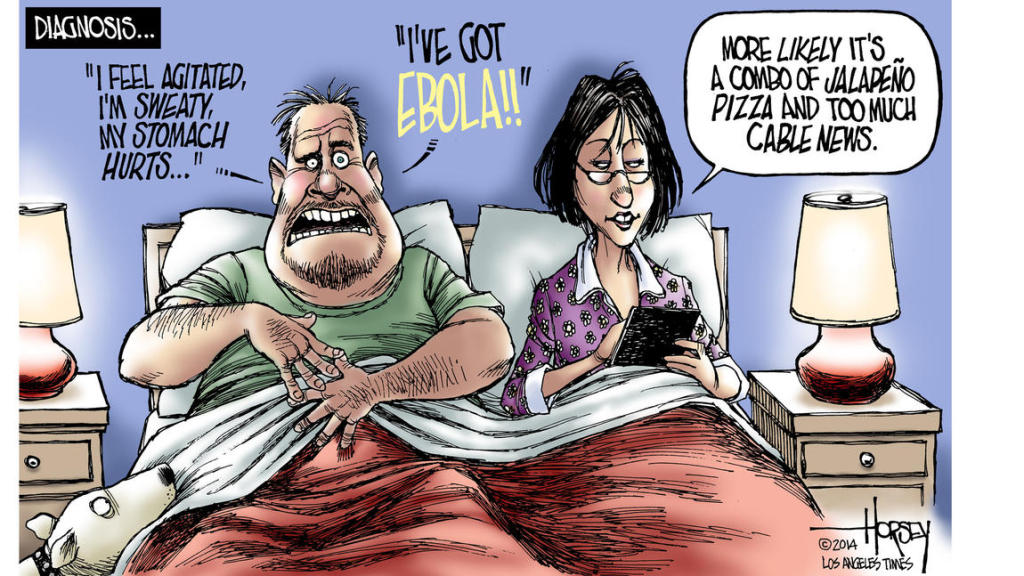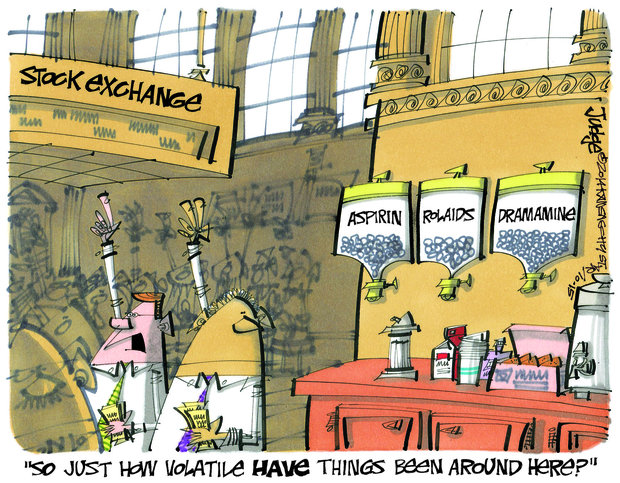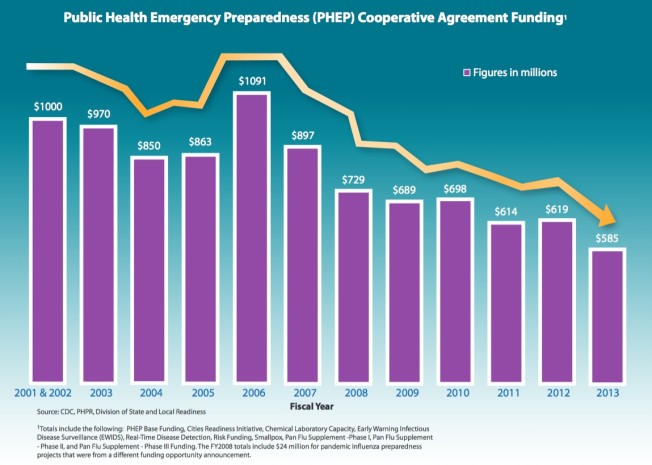Happy Monday! Here is your thought for the week:
“People react to fear, not love. They don’t teach that in Sunday school, but it’s true” − Richard M. Nixon
Not a complete surprise that Nixon was wrong. They DO teach fear in Sunday school:
In Liberia, only 43% of the adult population are literate, so radio, not the written word, is the best way to inform people about the disease. There are 16 local languages in Liberia, in addition to English. People rarely have access to the Internet or television.
Songs about Ebola are popular in West Africa. One of the most popular is “Ebola in Town” by Samuel “Shadow” Morgan and Edwin “D-12” Tweh, along with Kuzzy, of 2Kings. The song sounds like American hip-hop, but the style is called “Hip Co”, a form of colloquial English that appeals to young Liberians (about 50% of the population is under 18).
Here is an audio file of the song. There are YouTube videos out there, but they have extremely graphic depictions of Ebola victims, and may not be suitable for viewing at work or at home, if kids are in the room:
https://soundcloud.com/shadowmrgn/ebola-in-town-d-12-shadow-kuzzy-of-2kings
A sample of the lyrics:
Something happen
Something in town
Oh yeah the news
I said something in town
Ebola
Ebola in town
[Snip]
If you like the monkey
Don’t eat the meat
If you like the baboon
I said don’t eat the meat
If you like the bat-o
Don’t eat the meat
Ebola in town.
Songs can’t do all that much in a nation with the second-fewest doctors per person in the world.
Here are today’s hot links for your breakfast buffet:
Ebola got you stressed? Try textual healing. A new breed of online-therapy services offers flat-rate plans that allow you to text-chat with a licensed, accredited therapist as much as you like (need).
At least 30 states are still providing less funding per student for the 2014-15 school year than they did before the recession hit.
Researchers have created what they call Alzheimer’s in a Dish — a petri dish with human brain cells that develop the telltale structures of Alzheimer’s disease.
And we were doing so well in Pakistan: Six senior members of the Pakistani Taliban vowed allegiance to the Islamic State.
Go ahead, take your time getting to the party: Study shows that the median arrival time of 803 guests was 58 minutes after the party’s start time.
Of course we love our allies: Saudis to behead, then crucify a cleric who spoke out against the King. Did you know that Saudi Arabia doesn’t have a constitution?
We will never learn: John Allen, the general in charge of the US-led coalition’s response to ISIS says the US will create “a home-grown, moderate counterweight to the Islamic State”. Didn’t work in Vietnam, Afghanistan, or Iraq. Why would it work this time?

